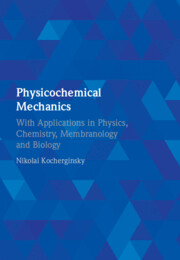Homeostats are important to control homeostatic conditions. Here, we have analyzed the theoretical basis of their dynamic properties by bringing the K homeostat out of steady state (i) by an electrical stimulus, (ii) by an external imbalance in the K+ or H+ gradient or (iii) by a readjustment of transporter activities. The reactions to such changes can be divided into (i) a short-term response (tens of milliseconds), where the membrane voltage changed along with the concentrations of ions that are not very abundant in the cytosol (H+ and Ca2+), and (ii) a long-term response (minutes and longer) caused by the slow changes in K+ concentrations. The mechanistic insights into its dynamics are not limited to the K homeostat but can be generalized, providing a new perspective on electrical, chemical, hydraulic, pH and Ca2+ signaling in plants. The results presented here also provide a theoretical background for optogenetic experiments in plants.
